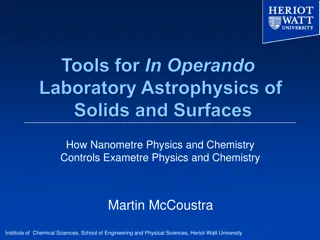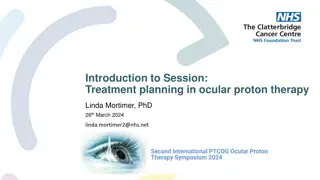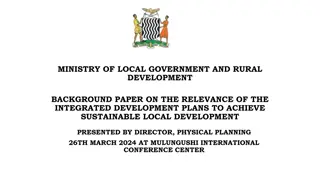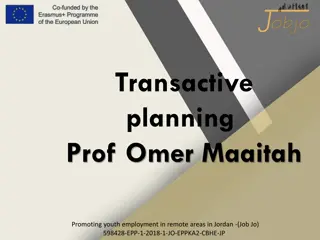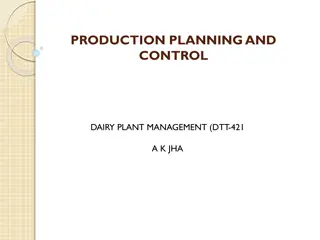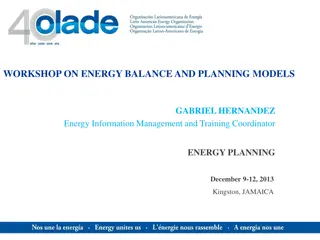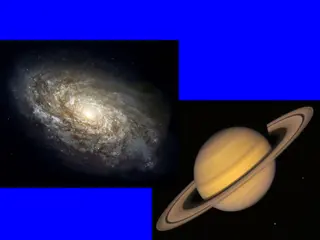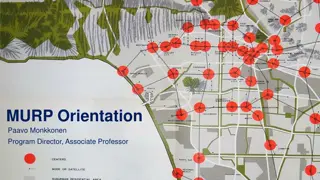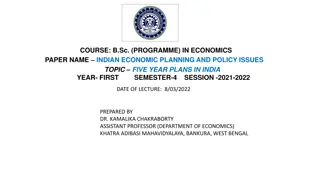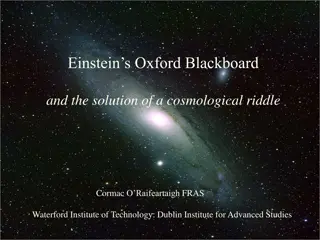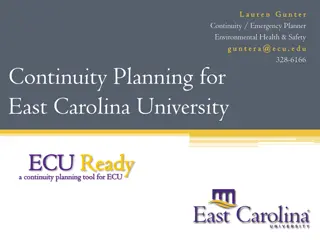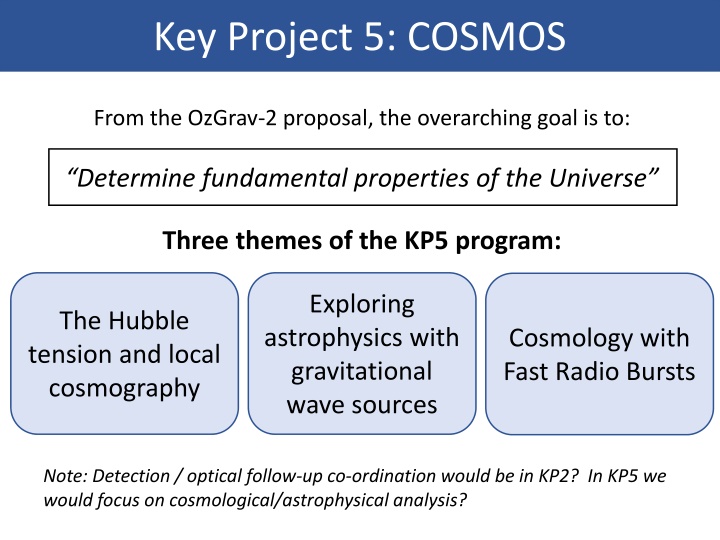
Fundamental Properties of the Universe: Exploring Astrophysics, Hubble Tension, and Cosmology Analysis
Explore fundamental properties of the Universe through astrophysical analysis, addressing topics such as gravitational waves, Hubble tension, and Fast Radio Bursts (FRBs). Tasks include developing models, conducting simulations, and optimizing observational strategies for a comprehensive understanding of cosmology and astrophysics.
Download Presentation

Please find below an Image/Link to download the presentation.
The content on the website is provided AS IS for your information and personal use only. It may not be sold, licensed, or shared on other websites without obtaining consent from the author. If you encounter any issues during the download, it is possible that the publisher has removed the file from their server.
You are allowed to download the files provided on this website for personal or commercial use, subject to the condition that they are used lawfully. All files are the property of their respective owners.
The content on the website is provided AS IS for your information and personal use only. It may not be sold, licensed, or shared on other websites without obtaining consent from the author.
E N D
Presentation Transcript
Key Project 5: COSMOS From the OzGrav-2 proposal, the overarching goal is to: Determine fundamental properties of the Universe Three themes of the KP5 program: Exploring astrophysics with gravitational wave sources The Hubble tension and local cosmography Cosmology with Fast Radio Bursts Note: Detection / optical follow-up co-ordination would be in KP2? In KP5 we would focus on cosmological/astrophysical analysis?
Hubble tension and standard sirens Topics: Improving bright sirens (peculiar velocity, inclination angle, etc.) Dark sirens through cross-correlation with large-scale structure End-to-end Bayesian pipeline for ?0 Cosmological simulations to test the methodology Tasks: Develop ?0 forecasting code and follow-up strategy design Test peculiar velocity field reconstruction and error propagation Design overall Bayesian ?0 pipeline for bright sirens, propagating errors Design overall Bayesian ?0 pipeline for dark sirens, propagating errors Optimize observing strategy for wide-field spectroscopic follow-up Populate N-body simulation with mock standard siren population Use N-body simulation to test Bayesian pipelines for bright and dark sirens Apply model-fitting code to bright sirens detected with VLBI
Exploring astrophysics with GW sources Topics: Isolated binary evolution modelling Dynamical formation modelling Detailed models of relevant key phases in binary evolution Models of complementary observations Connection to star formation history and cosmology Population-level inference on GW sources Tasks: Develop population synthesis models of isolated binary evolution Develop models of compact object binary formation through dynamical interactions Carry out detailed physics modelling to support the above tasks Create detailed models of relevant complementary observations Convolve population synthesis models with metallicity-specific star formation history Use forward models to carry out astrophysical inference on populations of detections
Cosmology with Fast Radio Bursts Topics: Development of improved Hubble constant with FRBs Cross-correlations of FRBs with large-scale structure Cosmological simulations to test the methodology Tasks: Continue to obtain FRB localisations through existing pipelines / instruments Develop Bayesian pipeline that incorporates host galaxy contributions, large scale structure contributions, and FRB spectro-temporal characteristics Use N-body simulation to test Bayesian pipeline
Key Project 5: COSMOS Questions: How should these different topics be weighted, given the latest vibes on standard siren discoveries, FRBs, etc.? What are the key scientific achievements we should plan for during the first half of OzGrav-2? By the end of the Centre? What resources can we bring to bear? (see next slide) How best to co-ordinate between the different groups? Associated DP projects? Research programs of the AIs?
Resources 35 postdoc years are written against KP5 (indicates early hire) Node Topic CI contact Postdoc yrs Theme Swinburne Binary evolution / N-body Hurley 5.6 ASTRO HUBBLE, FRB Swinburne Radio interferometry / VLBI Deller 1.4 Swinburne Peculiar velocities and LSS Blake 4.2 HUBBLE Swinburne Bayesian pipeline for FRB analysis Shannon 3.0 FRB UQ Peculiar velocities and LSS Davis 5.6 HUBBLE Host galaxies + stellar populations + radio transients Sydney Sadler 3.5 ASTRO Theory (cosmology/population modelling) Monash Mandel 3.5 ASTRO GW detection Monash Mandel 3.5 ASTRO (cosmology/population modelling) Melbourne EM follow-up and high energy Auchettl 3.5 ASTRO




